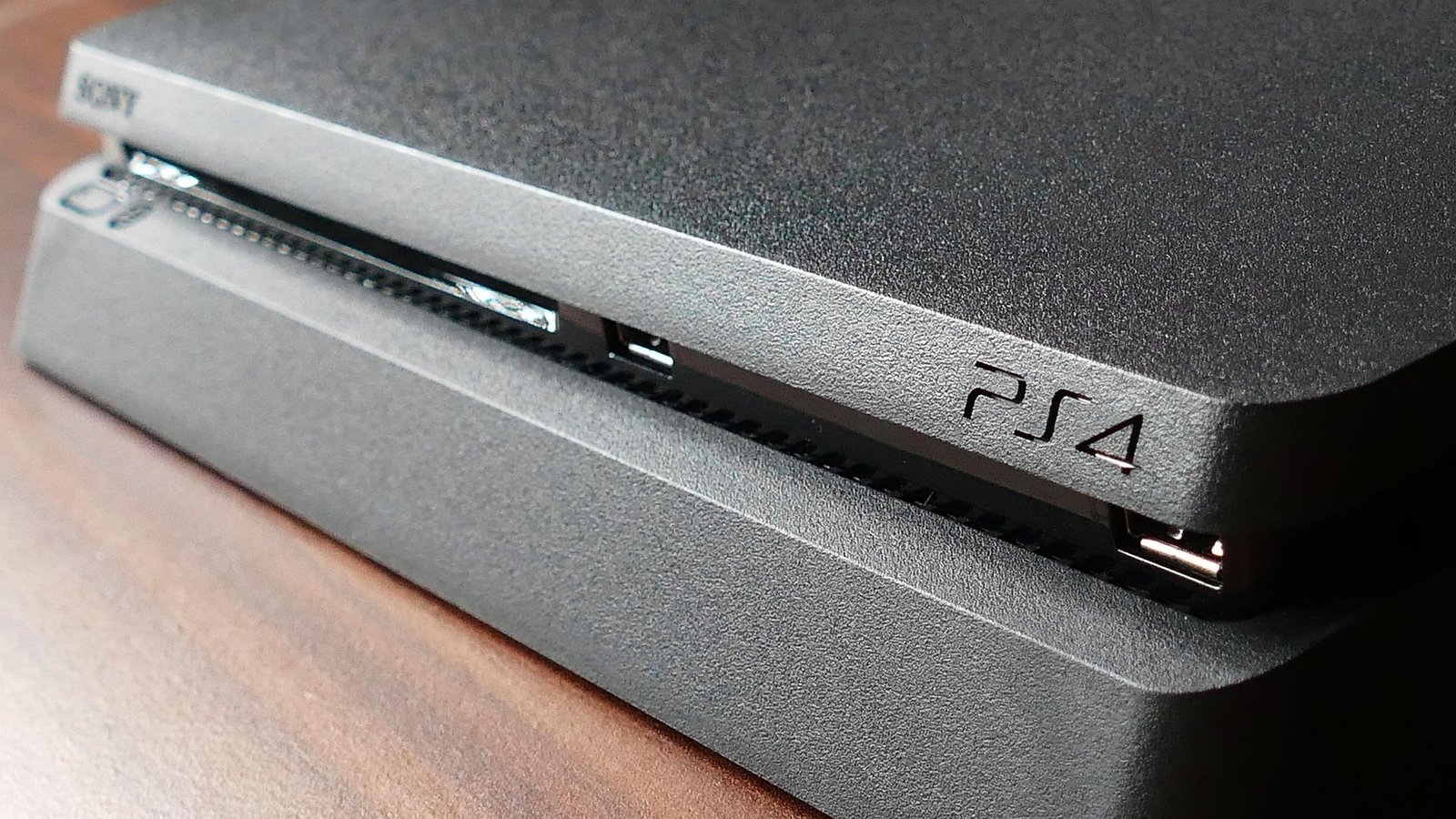
The Benefits of a PS4 SSD Upgrade in 2025
The PlayStation 4 may be a last-generation console, but a surprising number of players still use it every day, and why not? It runs the
There's currently a 5 business day wait on new orders - The Team
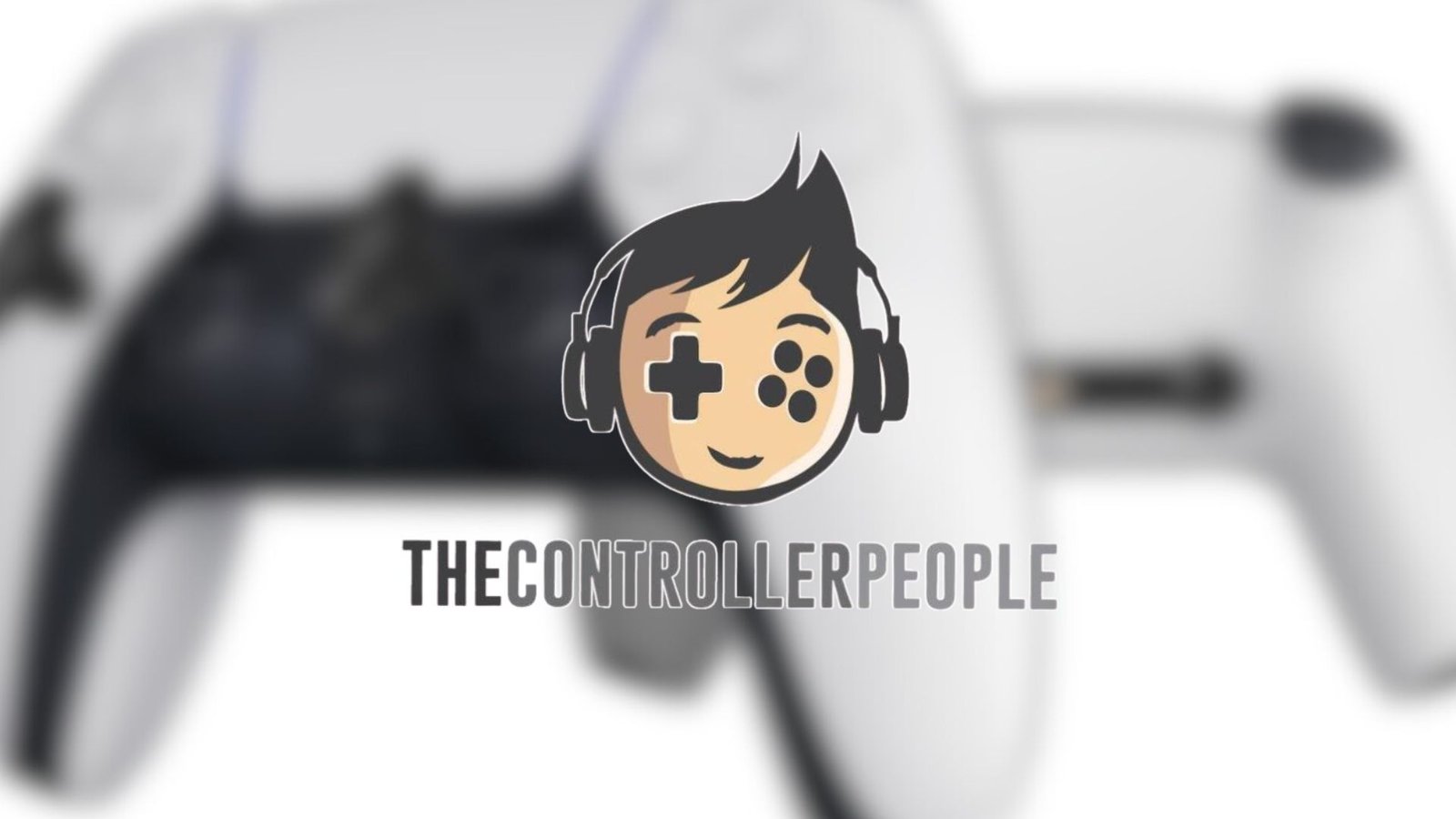
When your PS5 controller starts behaving oddly, the first reaction is often to ship it off for repair. After all, who wants to play PS5 games with an unresponsive trigger, a sticky button, or the dreaded stick drift, right? But before you do, you’ll want to scroll down below for our PS5 controller DIY repair checklist to save time and money.
Below are PS5 controller DIY repair tips you should try before booking a repair with The Controller People.
Stick drift is one of the most common faults. You’ll see your in-game view moving even though you’re not touching the stick or experiencing input lag when you push it.
To test: With your PS5 on and controller connected, go into the system’s controller settings or any game with a calibration pad. Leave the thumbstick alone. If the cross-hair or camera moves, that confirms drift. Also, push the stick in all directions slowly and check for “dead zones” where nothing happens.
If drift is minimal (small movement/lag) you might try cleaning around the joystick base with compressed air or non-alcohol-based contact cleaner, but if the drift is obvious you’ll need our specialist service.
If you’re finding the triggers (R2/L2) require full travel before firing, or they feel mushy, something is off.
What to do: Load a game or use the PS5 settings menu and check how triggers respond. Is there a delay after you push? Does the trigger feel soft or inconsistent? Press each face button and shoulder button and see whether the input registers instantly or there’s a hesitation.
If there’s some delay, you’ll want to write “R2 takes two presses to register” down and let The Controller People know when sending in your PS5 controller for repairs.
If certain face buttons don’t respond or double-tap unintentionally, your pad might need a full button replacement.
What to do: Use the PS5’s built-in controller menu under “Accessories” to test each button one at a time. Map a known consistent key to each button and cycle through. For the D-pad, check diagonal presses, as these often fail before the main directions. If anything sticks or fails to register every press, note which input it is and when the failure happens. Providing this information speeds up the technician’s diagnosis.
If your controller dies unusually fast or fails to charge fully, that suggests a battery or charging circuit issue.
Before shipping it in: check what the PS5 menu shows under battery level. Fully charge it, then check after 30-60 minutes of idle to see if the level drops significantly. If it does drop quickly, then you should include a note such as “battery drops 20% in 30 minutes while idle”. Knowing what you observed helps the repair team isolate whether they need to replace the battery or test the USB-C port.
Sometimes what seems like a hardware fault is actually software.
What to do: Go to your PS5 system settings and check the controller firmware version. If there is an update available, run it. After updating, retest the symptoms you were seeing. If the issue persists, you can rule out firmware as the cause and send it in with confidence. This step saves unnecessary shipping and repair costs.
A faulty USB-C port or damaged cable might make you believe your controller is malfunctioning.
What to do: Inspect the port inside the controller for bent pins or debris. Use a known good USB-C cable and connect it to the PS5 and charge. If the cable doesn’t fit snugly or the port is loose, note this. Also, try using a wired connection in-game and see if any inputs behave differently. If the problem disappears when wired, that hints strongly at port or wireless board issues.
Cracks, broken body, and worn-out grips don’t always mean that your PS5 controller will stop working, but it can make certain issues worse.
What to do: Inspect the shell carefully, especially around the sticks, triggers, and where cables enter. If you spot cracks, splits, or missing screws, photograph them and include the images when you submit the unit for repair. If the shell is loose, you may want to ask the repair team for a shell-only replacement rather than a full board repair.
When describing the issue to the repair centre, it helps to know when the fault occurs. Does the drift happen only after long sessions? Does a button fail only in one game? Does the trigger miss only during rapid presses? Keep a short log or mental note of what you were doing when the fault showed up: game title, session length, input sequence. This data helps the technicians replicate the problem and choose the correct parts.
If you use any remapping or profiles (for example rear buttons, click-sticks, paddle modules) make sure to test them too. If you changed a profile and then the issue began, revert to the default settings and test it again.
For example, our custom PS5 controllers often include remappable back buttons and ClickSticks. An unbalanced remap may cause issues.
If the issue doesn’t return under default settings, it could’ve been caused by a mis-configured profile. However, if it comes back, the hardware could be faulty. Make sure to note this when sending in your PS5 controller for repair.
Before sending in your controller, go to the PS5 settings and back up any custom button layouts, stick calibrations, sensitivity settings, or user profiles. While most repairs don’t affect your console settings, it’s good practice. Include a note to the repair team about your layout so they can restore the default and then apply any custom build behaviour again if you request it.
If you’ve followed our PS5 controller DIY repair tips and the problems remain, you’re ready to get a professional repair from us.
When you send your PS5 controller in, we recommend including:
This level of detail helps us diagnose the issues with your PS5 controller faster, and it may help reduce the turnaround time.
These PS5 controller DIY repair tips are exactly what they are: tips that you can do at home. They aren’t meant to replace expert repair. But it does two things: it helps you save time and money by checking if you can fix your PS5 controller yourself, avoiding unnecessary replacements and repairs, and it guides the technician in the right direction.
Here at The Controller People, we offer stick drift, trigger faults, charging issues, and button problems for your gaming controller.
If you’d like help deciding whether your PS5 controller is still worth repairing or you want advice on diagnostics, feel free ot reach out to us.

The PlayStation 4 may be a last-generation console, but a surprising number of players still use it every day, and why not? It runs the
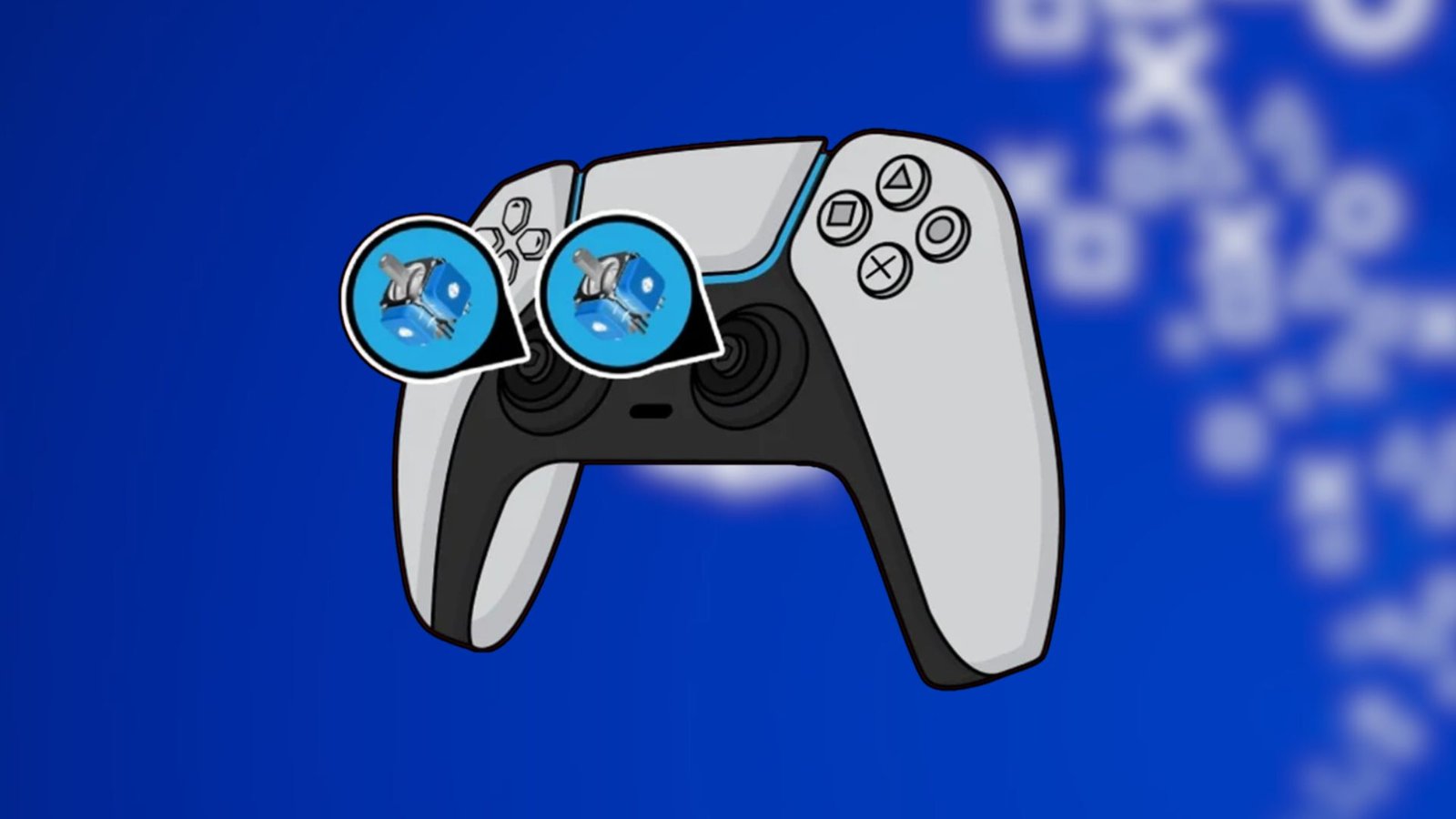
“Hall Effect vs TMR” is a common debate, as these two analogues have become the two leading magnetic-sensor systems in custom and high-end controllers. Both
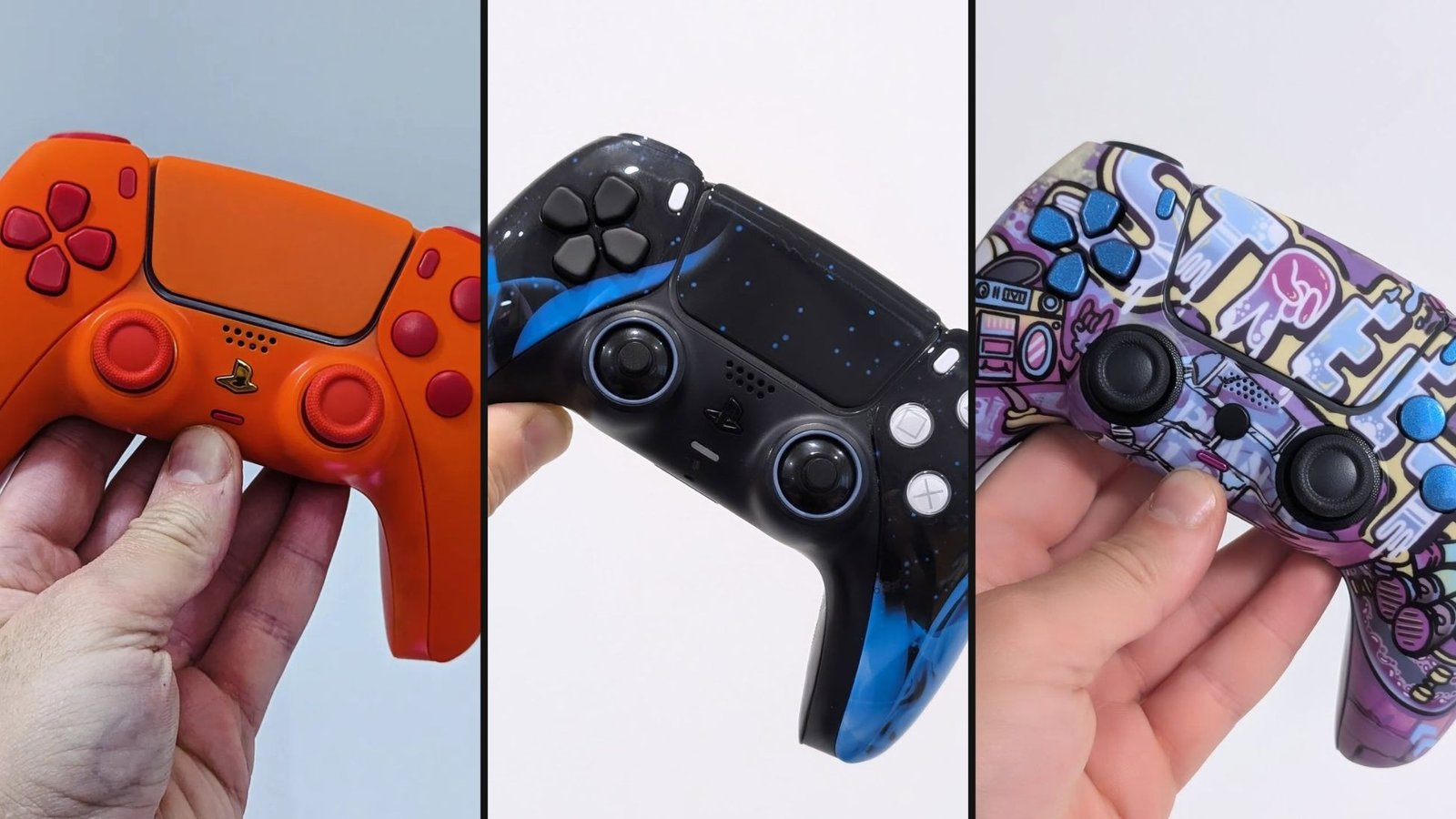
If you’ve ever held a controller and thought, “Why does the left stick feel different from yesterday?” you’re not imagining it. Controller analog sticks might
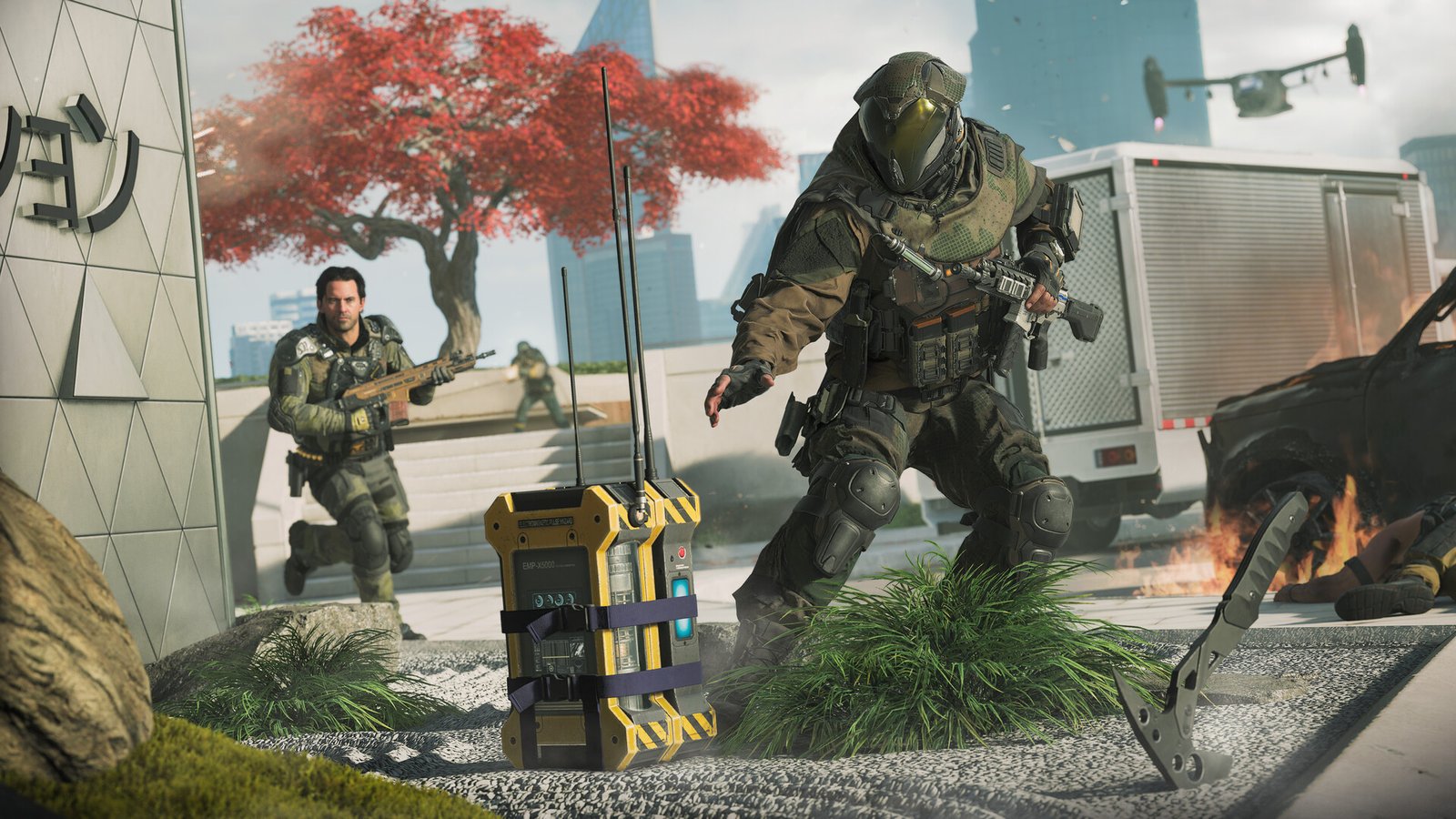
Call of Duty: Black Ops 7 pushes reaction time, centering, and close-quarters precision perhaps the hardest than any other recent entry in the series. The
Will get back to you pretty quick!
No comment yet, add your voice below!